|
|
08/26/2020 |
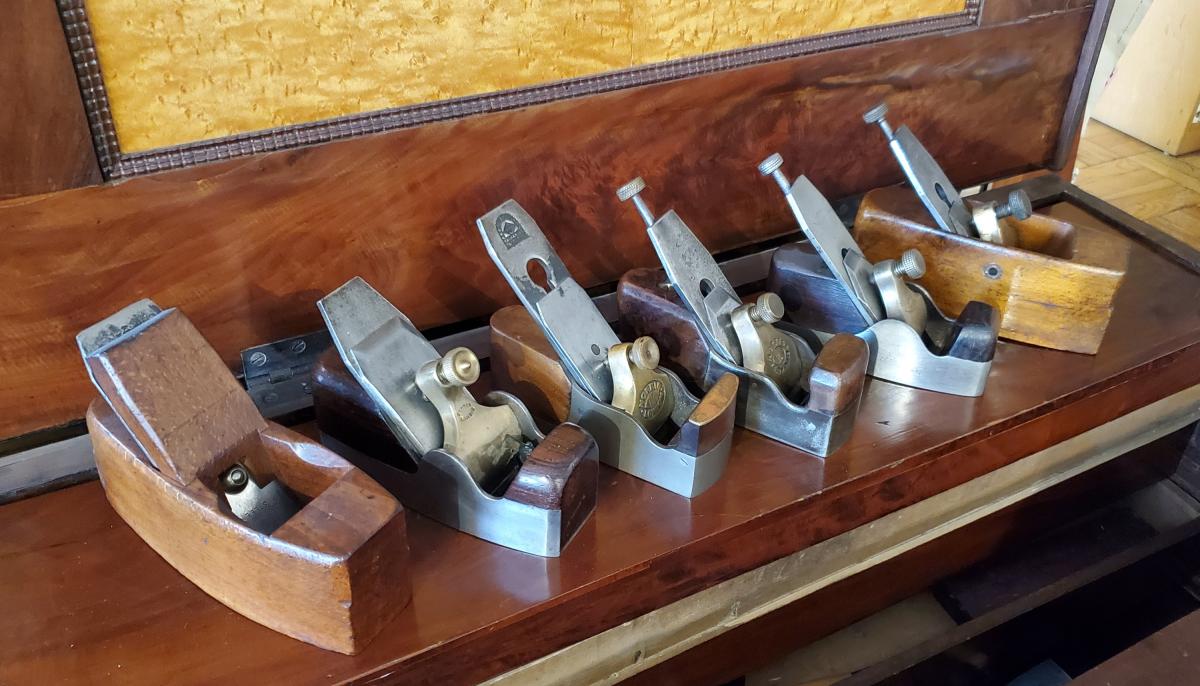
Norris metal planes were dubbed the “Rolls Royce of planes" by Fine Woodworking. Contemporary English makers call the style of metal planes "Steel Planes." Since the 1970's these planes are reffered to as "infill planes." The infill planes made by Thomas Norris & Son, London tool sellers and planemakers from about 1860-1948, form the core of my tool collection and are one of the reasons I got drawn into tool collecting in the first plane. Norris’ golden age was from 1913 to the late 1930's, when the firm concentrated on expensive metal bodies planes with exotic infill. Norris wasn't the only infill plane maker, but by focusing on the high end and by lasting longer than most of their competitors, the company was able to claim the mantle from other, older makers.
The most common Norris, also the model that is most popular today, is the model A5, a coffin shaped handled smooth plane with an adjuster. But Norris also made all sorts of makes and models, so I thought it would be useful to take a look at the less popular, but still championed in some corners, unhandled Norris smooth planes.
Here is a selection from my collection of unhandled smoothers that reflect the highs, lows, and history in the Norris saga.
An Unhandled Beech smoother
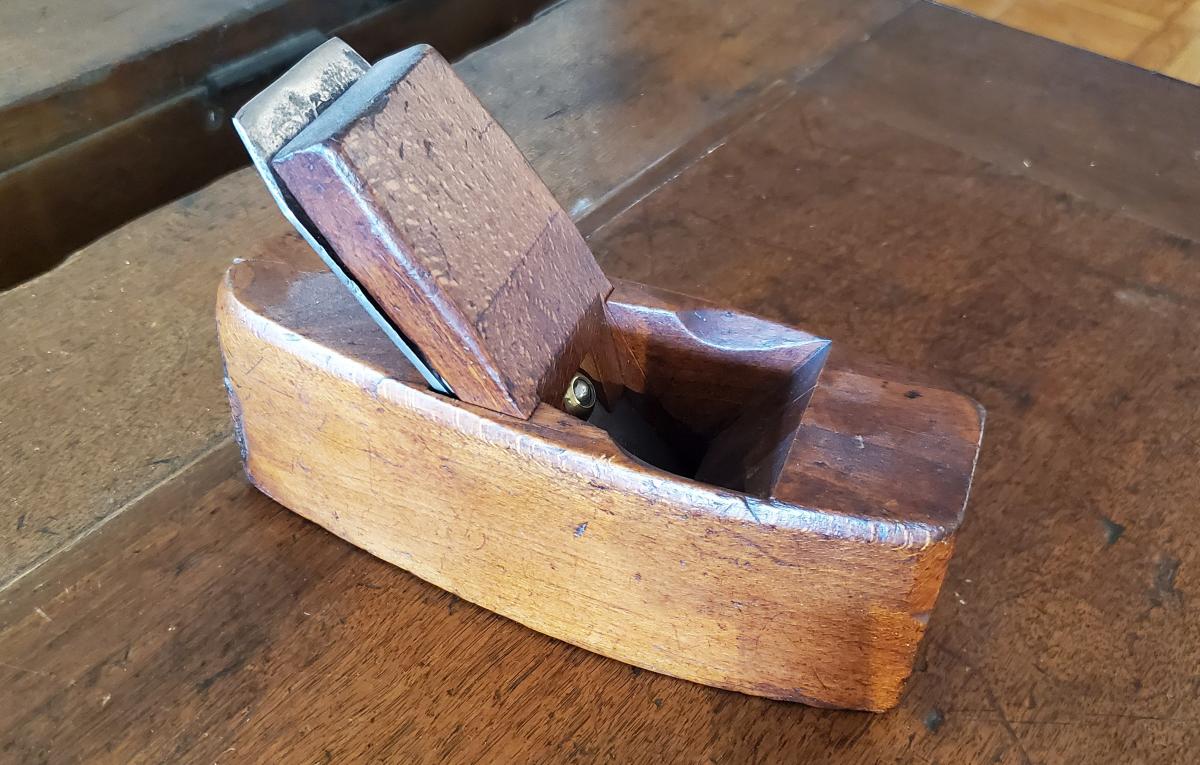
Common as dirt, this plane dates from the early years of Norris when they were general tool sellers. Chances are this plane wasn't made by them, but rebranded. Except for the Norris logo, and that very few of these early planes survive, there is nothing noteworthy about this plane. We know from the address on the stamp that the plane dates from 1905-1914, the end of the period before Norris specialized in infill planes only. I think you can also lay claim to further support to the idea that once Norris patented their adjuster in 1914, even with the war on, they decided to focus on manufacture and drop reselling.
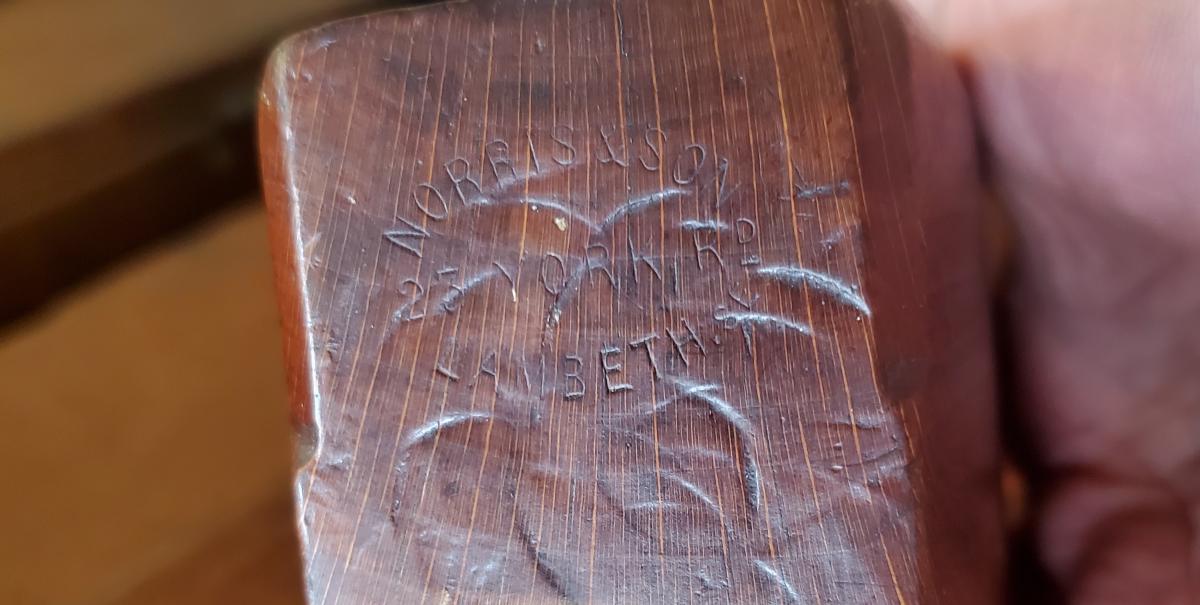
No. 4
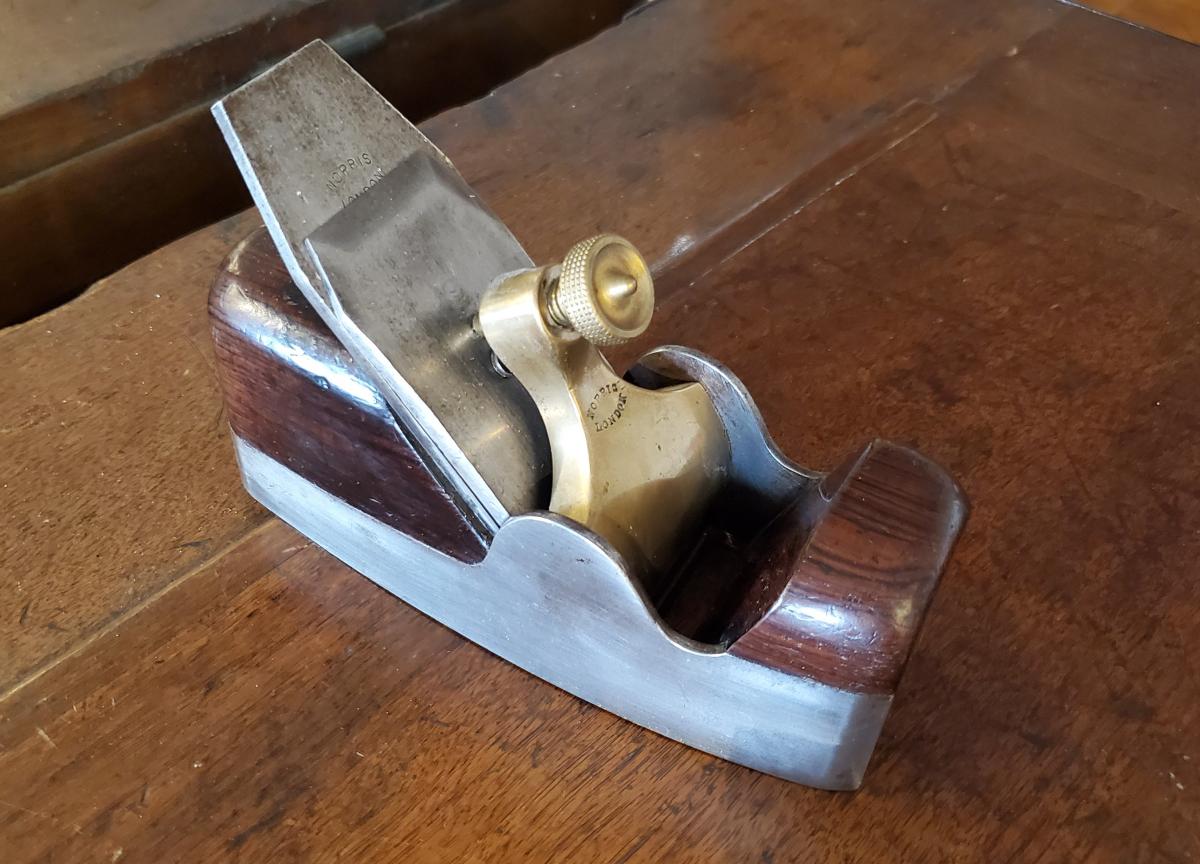
Of the unhandled smoothers Norris made, this model is the most common. Dovetailed steel construction with Rosewood infill with a standard 2 1/4" iron. This particular plane dates from the early 20th century and pre-dates the introduction of the Norris adjuster in 1913. The model here was offered in their catalog until the very end of the company, although it became less and less popular as the twentieth century progressed. The iron on this particular plane is pretty worn down, so the plane must have seen a fair amount of use, but the flaw with this plane, as with all the unhandled infill smoothers, is weight. Weight coupled with the absence of a handle (nothing to grab at the end of the stroke) can make unhandled planes challenging to use.
No. 114
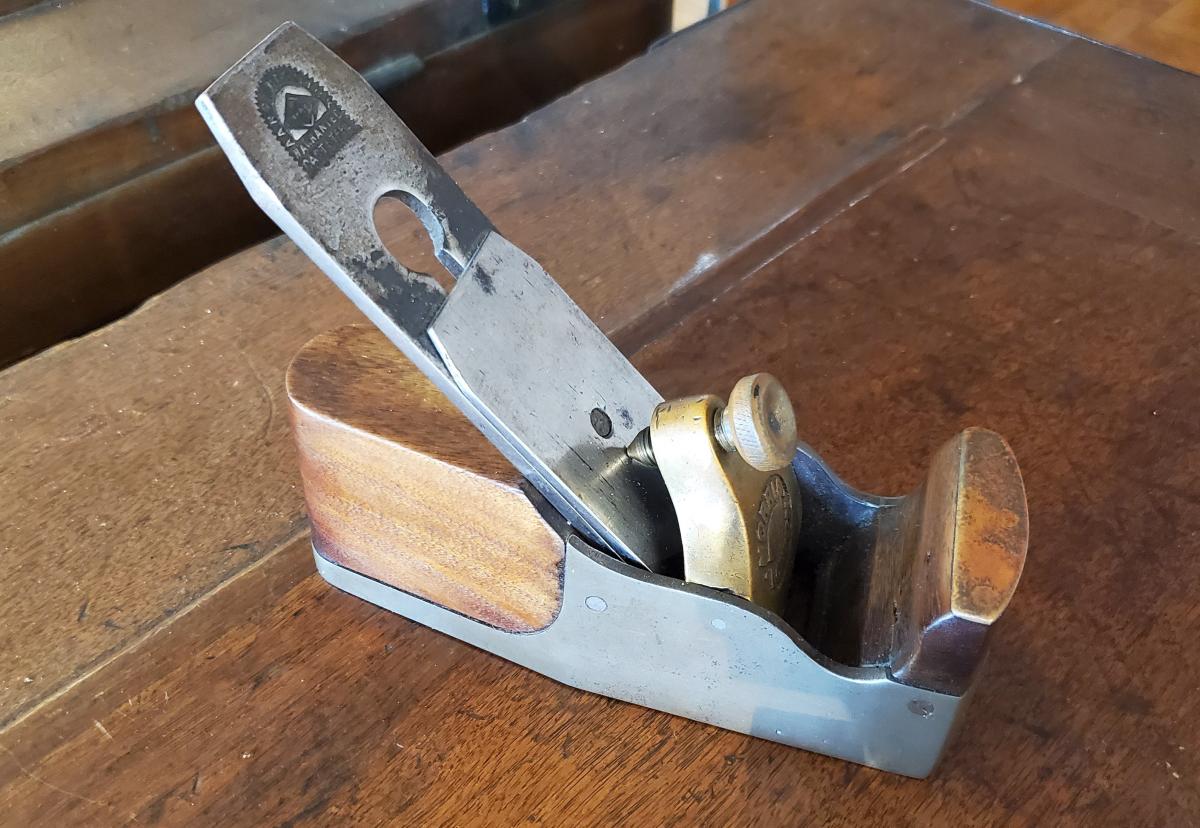
The rarest of all the Norris models in this grouping is this model 114 that isn't listed in any catalogs. While several are known, the number is hand stamped in the lever cap and the plane has all the earmarks or a low-end concept gone awry. This particular specimen, which has been revamped a few times, dates from World War I and has a cast iron body with mahogany infill. The war was a strange time for plane production and some of the planes of the period, like this one are pretty crude. This plane is a classic collectible more than anything else. The front knob has a copper top to keep from cracking, and it's lighter and a little easier to lift than the No. 4. It looks like a cost reduced version of the no. 14.
A14
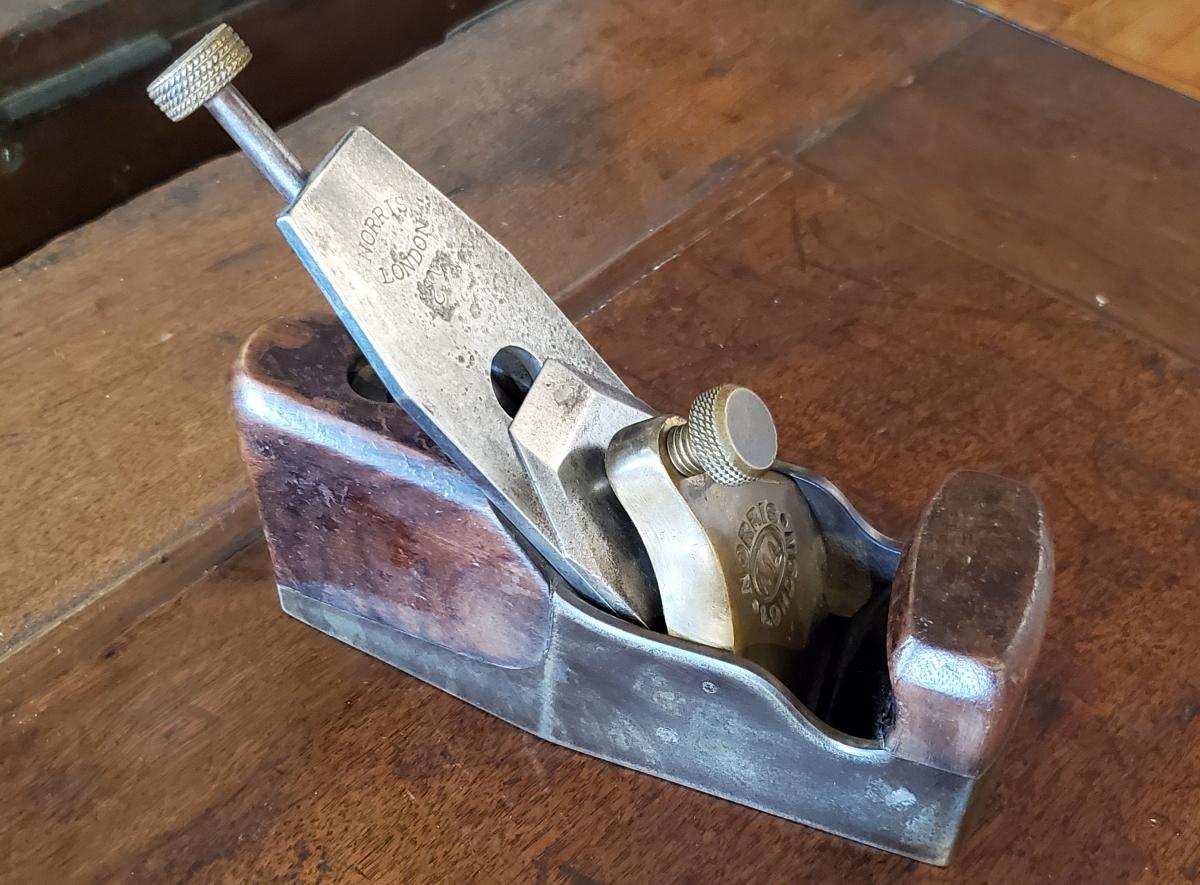
This A14, which is a No. 14 but with an adjuster, probably dates from the 1922-1926 period. It has overall better quality than the 114 with a cast iron body and rosewood infill. The grain of the front knob runs up and down so there is no danger of cracking and no need of a copper top. In the second picture you can see how the finish was worn through with use, and a big screw that fastens the rear infill to the cast body.
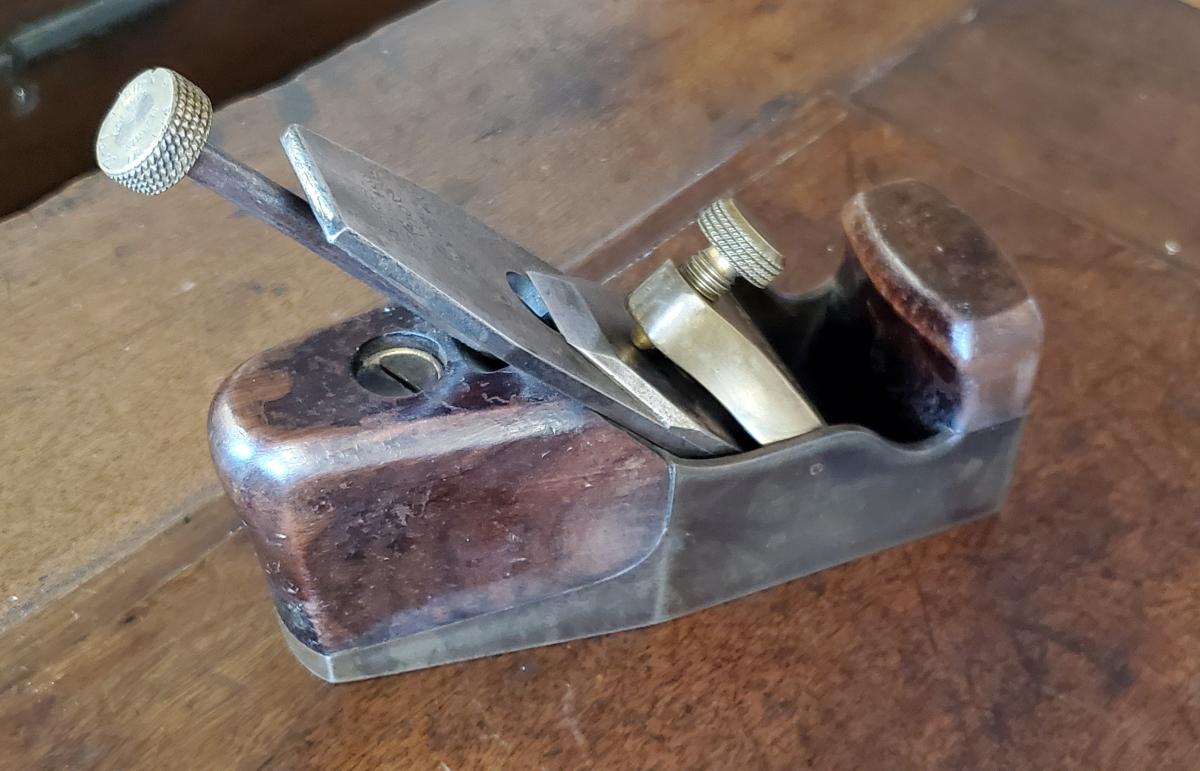
A16
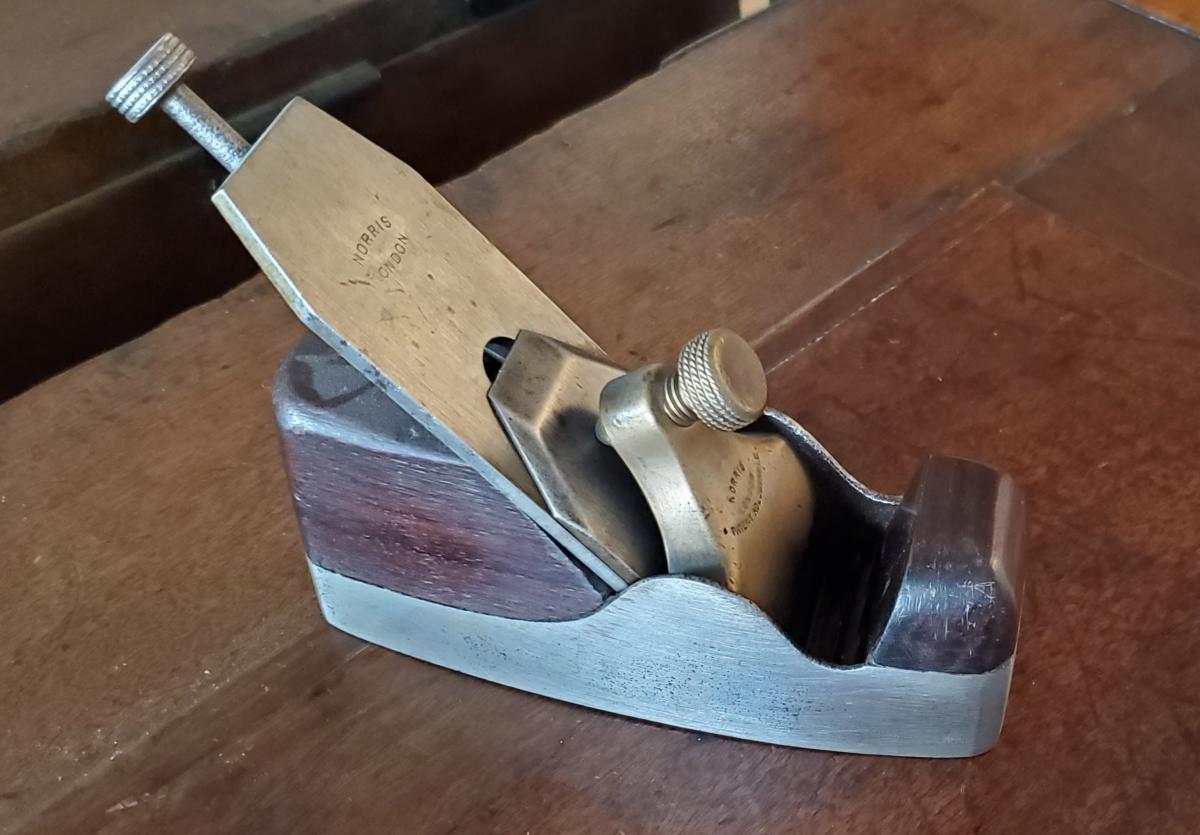
The A16 has a 2" iron and is a miniature of the A4. It's designed for smaller fussier work for which a larger smooth plane would get in the way. The model is pretty rare but even with its cast body it has rosewood infill and is made to a high standard. Because it’s smaller, it is also lighter. Of all these unhanded smoothers, this one may be my favorite because I love the way this plane feels in the hand. While this plane isn't my go to smoother - I admit it : I like a handle - I find it very satisfying to use. In the picture you can see dust under the blade in the back, where my hand never goes.
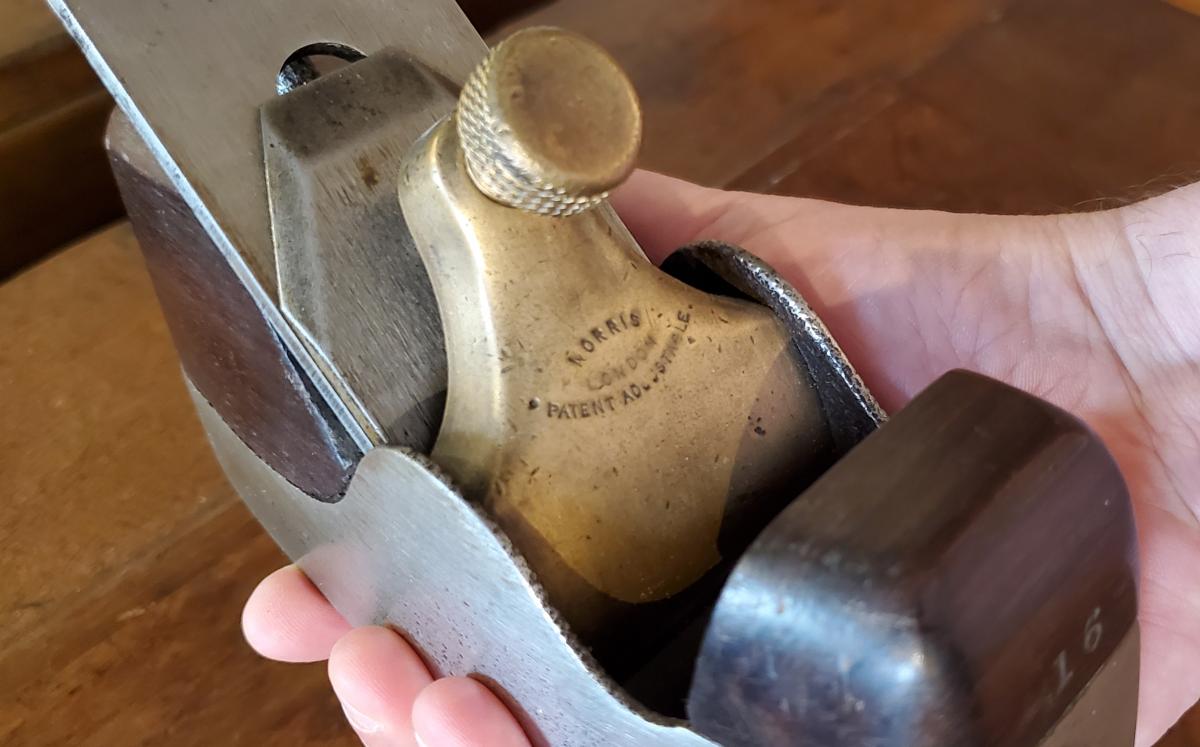
A70
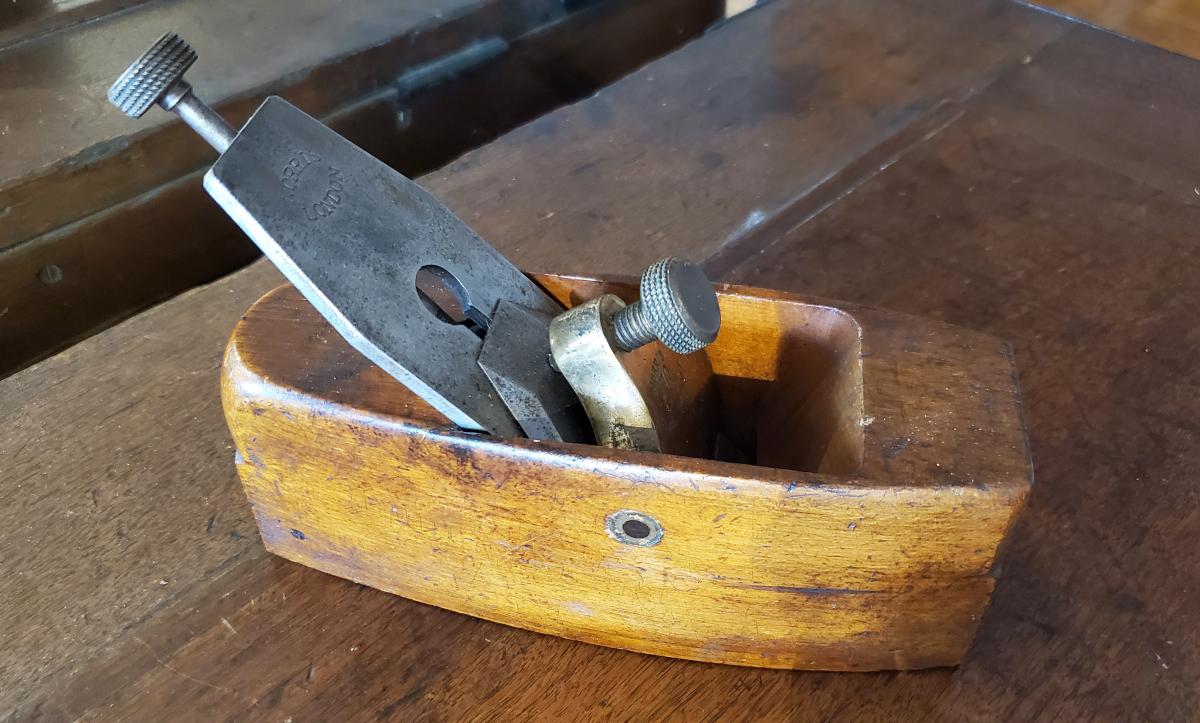
In the late 1920's or 1930's some wag at the factory decided to take a line of random wooden planes and fit them with the Norris adjuster. The mouth opening is wide. Having the pivot for the level cap go through the sides of the plane weakens the body, and overall these planes are a chunky, clunky, mistake. It did allow Norris to charge less, making a lower priced line of tools, but their rarity suggests that my thoughts about it aren't 20-20 hindsight.
While there is a fair amount of Norris material on the web, including norrisplanes.com or in many entries of this blog, we also offer a reprinted version of the Norris Catalog here.
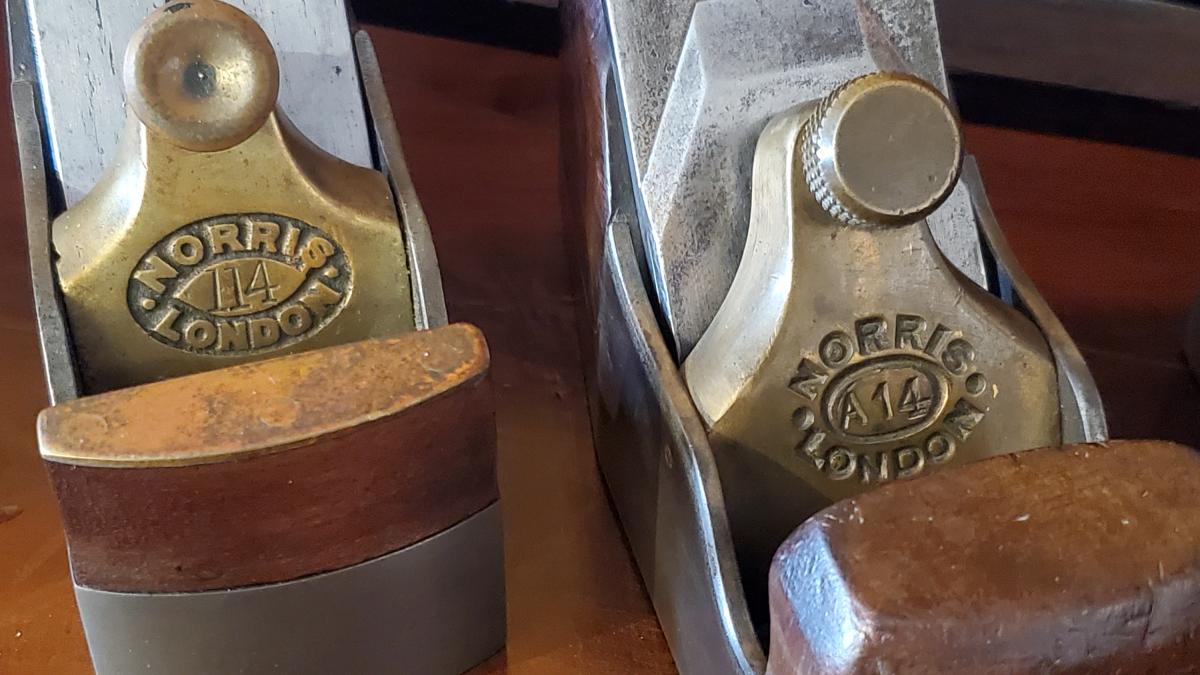
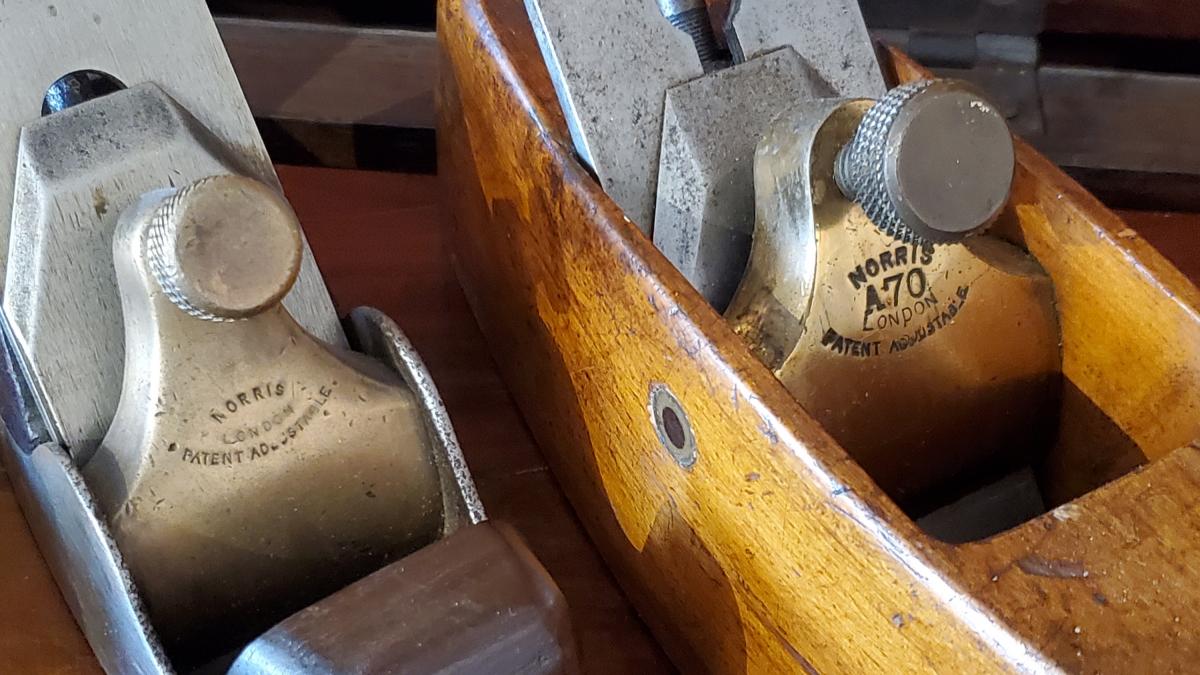
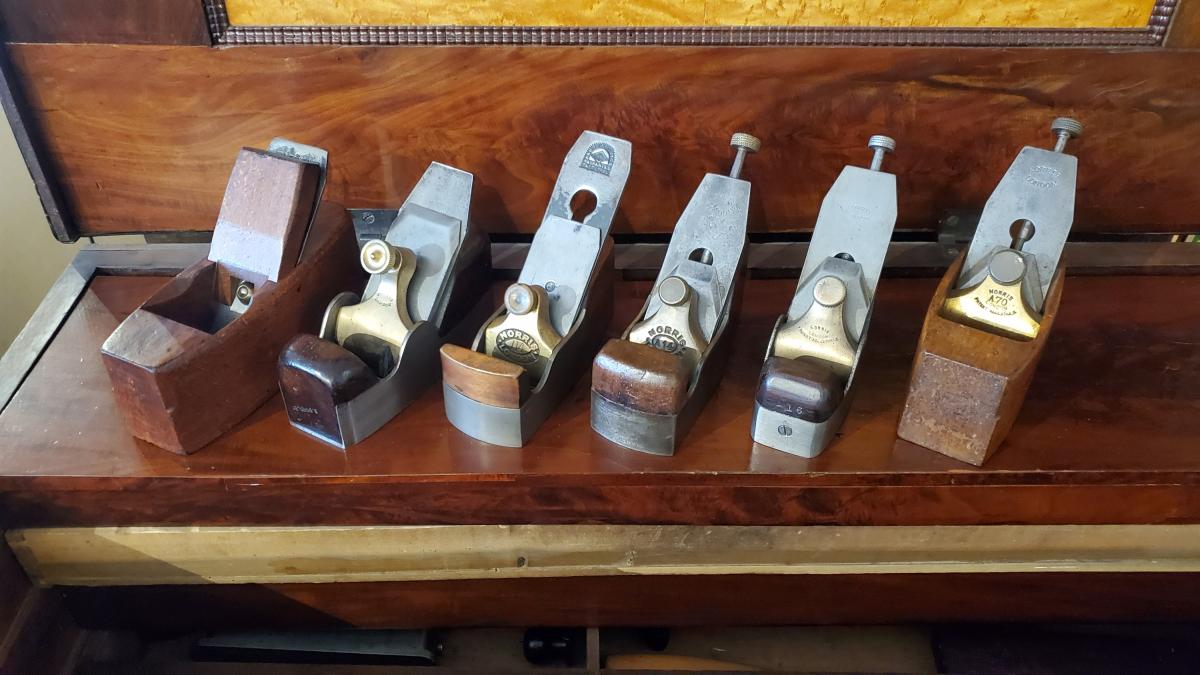
|
Join the conversation |
|
 Joel's Blog
Joel's Blog Built-It Blog
Built-It Blog Video Roundup
Video Roundup Classes & Events
Classes & Events Work Magazine
Work Magazine














